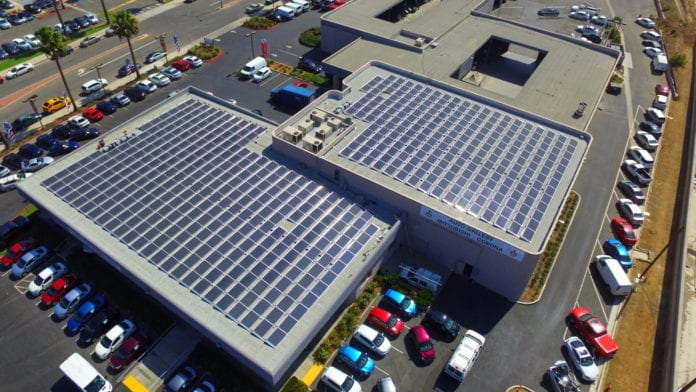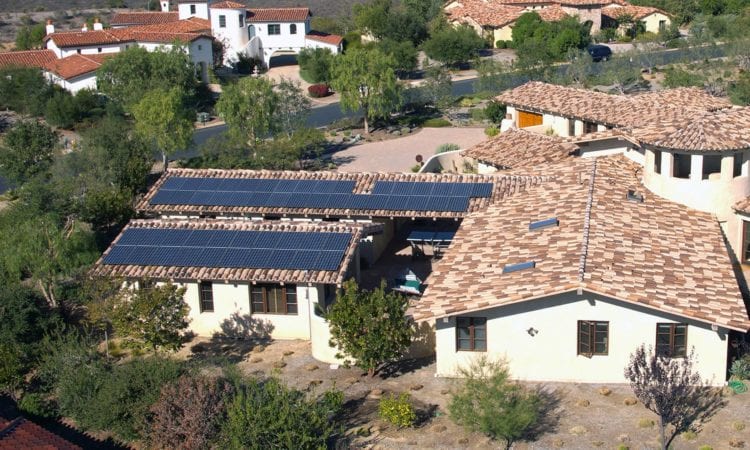By Judith Shadzi-
2020 has been a challenging year for everyone, including the solar industry. Overall, the solar industry has done well for a number of reasons. For solar installers most of the work is outside. The warehouse managers have the materials ready and organized for installation crews to pick up every morning in the open air. The sales consultants can interact with clients virtually or go to meet with the customer at their homes or businesses and can meet with them outside on their patios. There is a minimum of office people required, and many of them have been able to work mostly from home.
The first quarter of 2020 had projects carried over from 2019. In the second quarter there was the initial shock of the pandemic and people seemed paralyzed and did not make any major purchases. As people spent more time at home they saw their electricity use increase as a result, and the demand for solar actually started to increase. With the excellent loan programs widely available today for solar, the monthly payment on your solar system is often less than your average monthly electric bill and this payment is usually fixed for the duration of the loan as opposed to the utility electric bills that tend to increase every year.
The solar industry has been resilient in the face of an economic turndown but they have not dodged the impact of the pandemic. The solar panels have been hit with heavy tariff taxes as high as 30% over three years. Some solar manufacturing has occurred in the United States but very few panels are completely manufactured here. Along with the panels, there are hundreds of parts that are imported and now have higher taxes; parts like wire, brackets, rails, fasteners, etc. These higher equipment prices have definitely affected the bottom line for solar installers and manufacturing companies alike. In manufacturing, two thin film companies, Mia Sole’ and Global Solar closed down, but Toledo Solar is a new startup that manufactures thin firm panels in Ohio.
Another incentive for homes and businesses was the Federal Tax Credit for solar also known as Investment Tax Credit, ITC. After December 31st the tax credit will lower from 26% to 22%. Any project that has been started in 2020 can claim the 26% ITC. This month is an opportunity to get in on that benefit before it goes down January 1, 2021.
The Federal Tax Credit was enacted by George W. Bush in 2005 but it had a $2000 ceiling. He removed that ceiling in 2006 and any home or business could then receive a 30% dollar for dollar reduction in their federal income tax owed. The tax credit is based on the gross cost of your solar system. At the end of 2019 it was reduced to 26%, and at the end of 2020 to 22%. After 2021, the residential credit drops to zero and the commercial credit drops to 10%.
This federal policy has been the most important incentive for clean energy in the United States. It has been a great success driving annual solar growth by 52%.
According to CNN Business, some solar stocks have spiked more than 300% in recent weeks because of the incoming Biden administration’s support for renewables. The solar industry has strong bipartisan support. Joe Biden has proposed nearly $2 trillion of federal investment to address the climate crisis and create union jobs that cannot be outsourced. His plan also calls for a restoration of the Federal Tax Credit.
The Solar Energy Industry Association (SEIA) is calling for a five year extension of the Federal Tax Credit. Michael Weinstein, an analyst and Vice President at Credit Suisse said this would accelerate growth and make solar more competitive, although solar is having no problem competing with fossil fuel and other forms of energy.
The cost for going solar has become very affordable and the states that have tried to discontinue Net Metering for homeowners and businesses have met with stanch resistance and backed down. Americans love the feeling of having some control over producing their own energy.

If anyone is interested in installing solar and receiving the full 26% Federal Tax Credit they have until December 31st to sign up.






